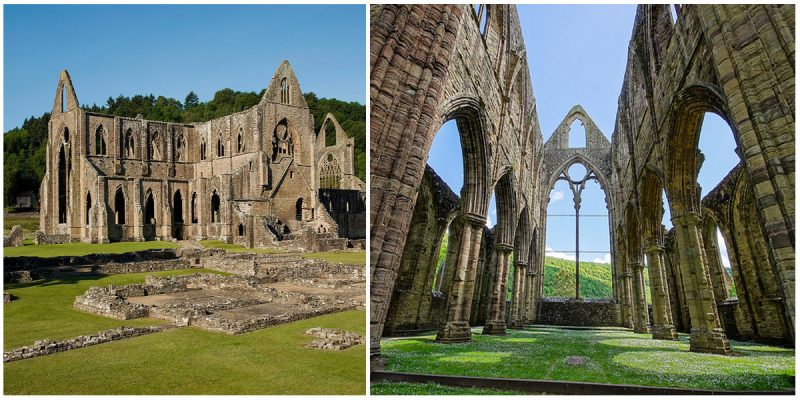One of the greatest ruins of Wales dating from 1131 is the Tintern Abbey. It is a Cistercian abbey situated close to the village of Tintern in Monmouthshire, England. It was the first Cistercian foundation in Wales which has an iconic status in Romantic literature and art.
In the Romantic period, many poets and painters such as Turner and Wordsworth visited the Abbey because of its beauty. It is a well-known tourist attraction which has a fascinating history. It sits in the heart of the Wye Valley which is an international protected landscape standing astride the border of Wales and England.
The abbey was founded by Walter de Clare, Lord of Chepstow, who was the first cousin of the Bishop of Winchester, William Giffard. In 1128, Clare introduced the first Cistercians to Waverley who came from a daughter house of Citeaux, L’Aumone Abbey in France.
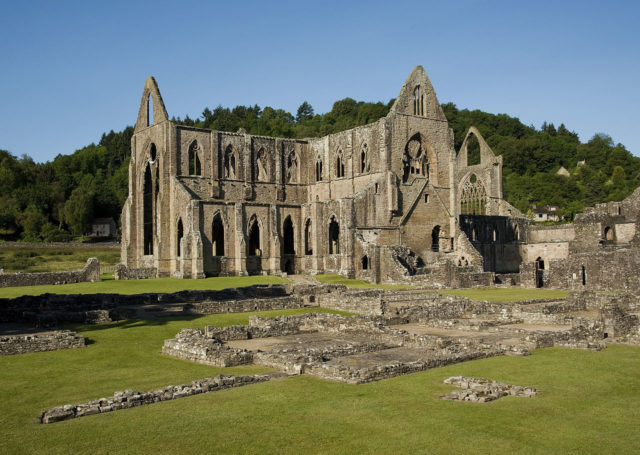
The Cistercian monks were one of the most successful orders in the 12th century. The order that lived in Tintern followed the Rule of St. Benedict and they drew their basic principles from the Carta Caritatis. There are very little remains of the first buildings and the present remains of the abbey are from various buildings works between 1136 and 1536.
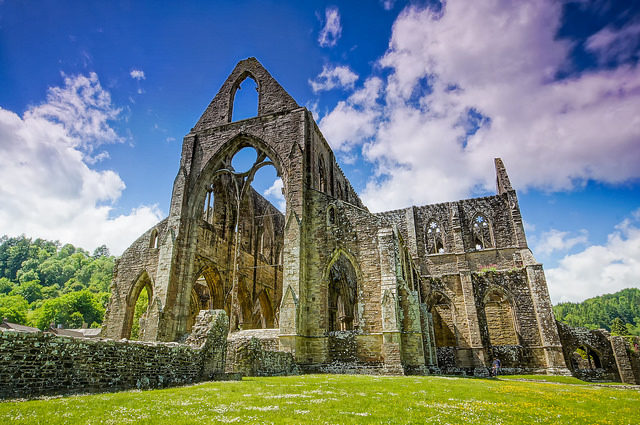
It fell into ruin after the Dissolution of the Monasteries in the 16th century. King Henry VIII ended the monastic life in England, Ireland, and Wales. The Cistercian way of life that had lasted 400 years ended when the abbey was given to the King’s visitors by Abbot Wyche on 3 September 1536. The building was granted to Henry Somerset who was the 2nd Earl of Worcester.
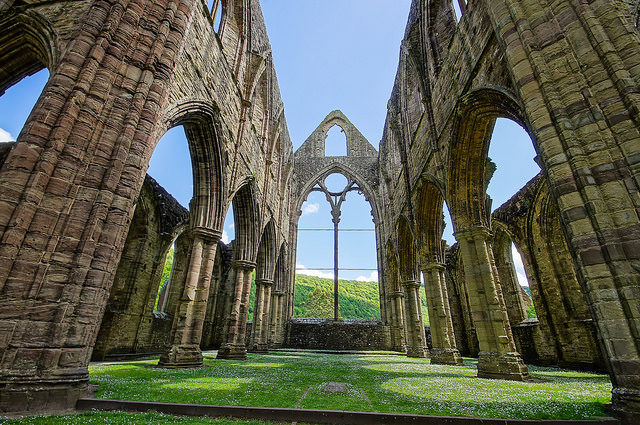
In the 17th and 18th centuries, the abbey became popular for its romantic qualities and was frequently visited. A lot of poems were written and paintings were painted on the site. In 1732, one of the earliest engraved prints of the Abbey was made by Nathaniel and Samuel Buck.
The number of visitors increased after the book “Observations on the River Wye” written in 1770 by the Rev. William Gilpin.
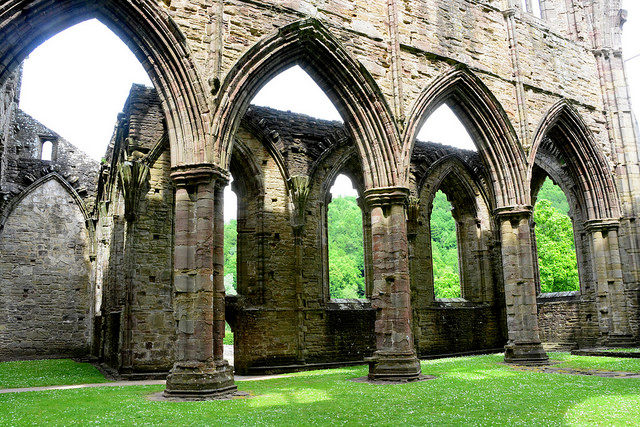
One of the best-known poems written about the site is “Lines written a few miles above Tintern Abbey, on revisiting the banks of the Wye during a tour, July 13, 1798”, by the poet William Wordsworth. The abbey does not appear within the poem but its linked with it. Another author that was impressed about the abbey was Sophia F. Ziegenhirt who used it as a background for her horror novel “The Orphan of Tintern Abbey.”
Other painters who visited this magnificent place are Thomas Gainsborough and Thomas Girtin who took various sketches of the abbey’s stonework and some of the painters who painted the whole Abbey from a distance are Benjamin Williams Leader, Samuel Palmer, and John Warwick Smith.
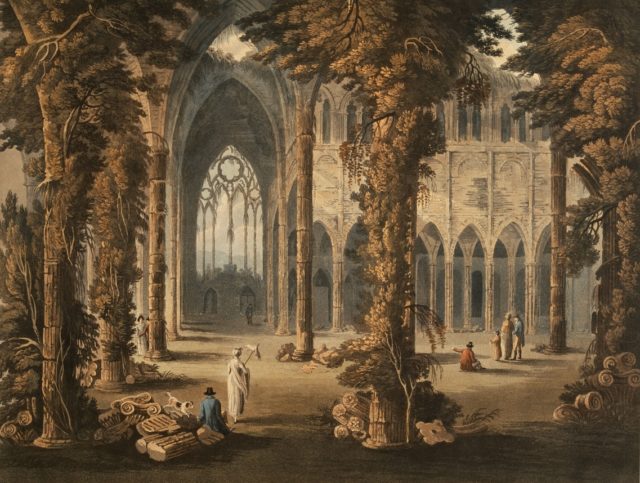
In 1901, the abbey was bought by the crown from the Duke of Beaufort, and it was recognized as a Monument of national importance. After this, many repairs and maintenance work were done on the ruins. In 1914, the Office of Works was responsible for the ruins, and partial reconstructions were made. One of the things that were the main part of the abbey which makes it romantic was the ivy on the walls and it was removed during the reconstructions.
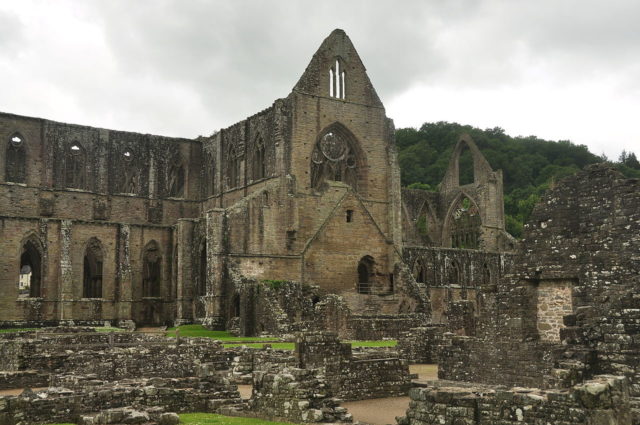
Read another story from us: Some the world’s most beautiful castles
